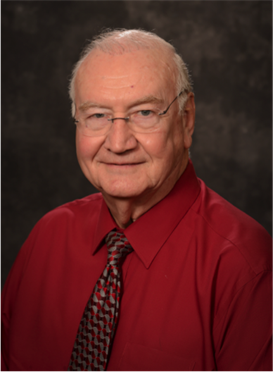 Dr. William Schneider, Zachry Professor of Engineering Practice in the Department of Mechanical Engineering at Texas A&M University, was spotlighted in a recent article, “This Expandable Structure Could Become the Future of Living in Space” for Smithsonian Magazine.
Dr. William Schneider, Zachry Professor of Engineering Practice in the Department of Mechanical Engineering at Texas A&M University, was spotlighted in a recent article, “This Expandable Structure Could Become the Future of Living in Space” for Smithsonian Magazine.
The article opines emerging opportunities for the everyday man or woman to live and work in space, courtesy of soft-sided spacecraft that can be launched from Earth and stabilized in an extraterrestrial environment.
Schneider invented, designed and patented the breakthrough technology discussed. After retiring from NASA, Schneider was hired by Robert Bigelow, real estate tycoon turned space entrepreneur, to develop the prototype. While simultaneously teaching at Texas A&M, Schneider divided his time in Las Vegas where he and his team helped fabricate materials and engineer a structure that could endure not only a turbulent launch but also have the expandable functionality needed for a first-of-its-kind mission. At present, two inflatable modules have successfully been in orbit for a decade.
At the turn of the century, the proprietary design was successfully put to the test at the Johnson Space Center. This concept for space travel and billeting finds a market with industry, space aficionados and other venture capitalists.
“I’m a businessman,” Bigelow said. “The future of space is going to be commerce. It has to be. Like everything else in the world, if space is going to be sustainable, it has to be commercially viable.”
Additional news coverage appears here.